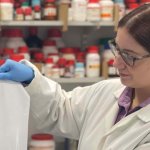
News • Photocatalytic surface
A new plastic film that uses room lights to kill viruses
Researchers at Queen’s University Belfast have developed a new plastic film that can kill viruses that land on its surface with room light.

Researchers at Queen’s University Belfast have developed a new plastic film that can kill viruses that land on its surface with room light.

An important prospective study showcases improvement in outcomes for women with ischemic heart disease by attending a multidisciplinary women’s health center.

The inclusion of a narrative about Alzheimer’s disease in primetime TV drama “This Is Us” was found to help reduce stigma around dementia and motivate family discussions about plans for aging.

German researchers present a novel method for testing chemical agents that could help in the development of drugs against neurodegenerative diseases such as Alzheimer's.
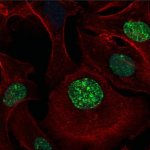
Researchers discovered that cancer cells mobilize a SOS response when they are desperate to resist anticancer drugs. The team also came up with an anti-SOS approach that blocked the mechanism in mice.
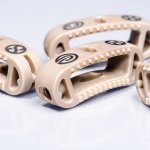
The specialty chemicals company Evonik and the Swiss plastics specialist Samaplast are combining their expertise in the development of an osteoconductive PEEK biomaterial for injection molding.

Overweight increases the risk of an imbalance in sugar metabolism and even diabetes – but the opposite is also true: insulin production deficits contribute to overweight, a new study shows.
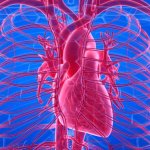
A large epidemiological study shows that patients with an autoimmune disorder have a substantially higher risk of developing cardiovascular disease than individuals without autoimmune disease.

Danish smokers bought less tobacco and more quit smoking during the Covid pandemic, new research finds. This comes as a surprise given that mental health and exercise habits waned during the lockdown.
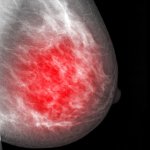
The interplay between the patient’s BMI, tumour size and cancer-specific proteins is of importance for the prognosis of breast cancer, a study from Sweden shows.
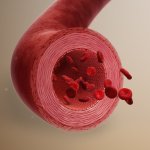
New research shows that cell-cell signaling could play a key role in the thickening of arteries due to high blood pressure.
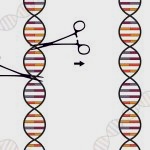
Researchers identify critical spots on the genome where gene editing could cause an unwanted response, and they provide recommendations for safer approaches.

A comprehensive assessment of scientific literature has uncovered empirical evidence that more than 58% of human diseases caused by pathogens, such as dengue, hepatitis, pneumonia, malaria, Zika, have been aggravated by climatic hazards.
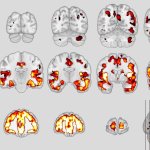
Researchers for the first time compared schizophrenia and frontotemporal dementia, disorders that are both located in the frontal and temporal lobe regions of the brain.
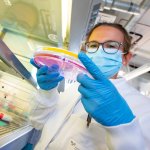
Researchers have developed adeno-associated virus variants that target heart muscle cells and can thus be used for the precise treatment of heart diseases.
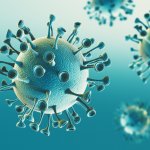
Researchers propose a new Covid-19 vaccine that specifically instructs the immune system to produce T-cells rather than antibodies - a promising alternative for people with a weakened immune system.

Global warming could be especially dangerous for diabetes patients, a new study shows: Exposure to extreme heat was linked with more hospitalizations for diabetes-associated pathologies.

It is often believed that a close relationship between owners and their dogs can bring many mental health benefits to owners, but findings from a new study paint a more complicated picture.

Long Covid sufferers have experienced a wider set of symptoms than previously thought including hair loss and sexual dysfunction, new research has found.

Muscle strength is a powerful predictor of mortality that can quickly and inexpensively be assessed by measuring handgrip strength, researchers show in a new study.

Indwelling catheters through the urethra often cause bacterial infections. A newly discovered synthetic peptide is a promising treatment option, even against antibiotic-resistant pathogens.

A sensor identifies misfolded protein biomarkers in the blood. This offers a chance to detect Alzheimer's disease before any symptoms occur. Researchers intend to bring it to market maturity.
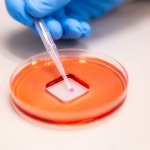
A sprayable coating that can prevent the surface spread of infection from bacteria and viruses – including Covid-19 – over a sustained period has been developed by Australian researchers.
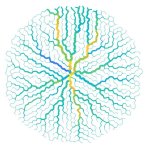
Networks adapt over time and in this way form a kind of memory. German researchers show that the structure of blood vascular network is dynamic and can adapt to external factors.

Researchers have been able to produce antibodies to the SARS-CoV-2 spike protein in hen eggs. Antibodies harvested from eggs might be used to treat Covid-19 or as a preventative measure.